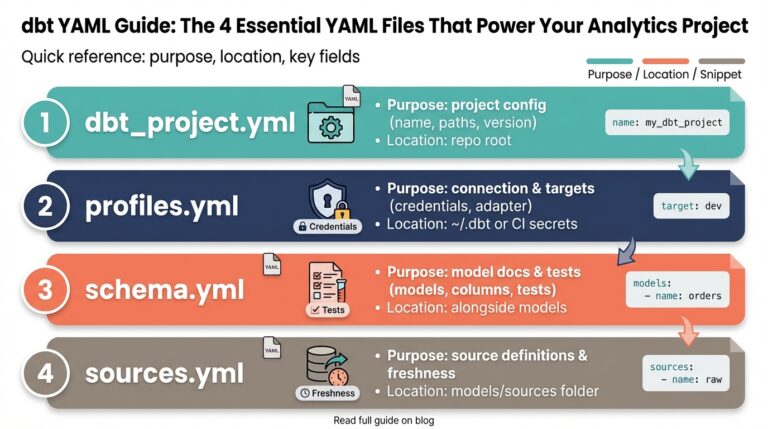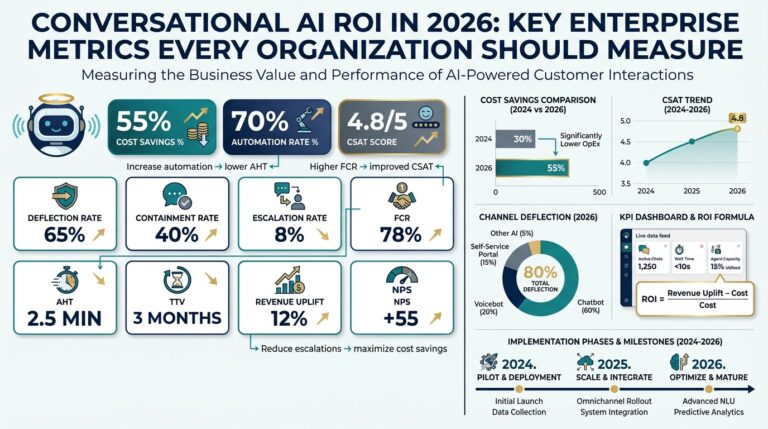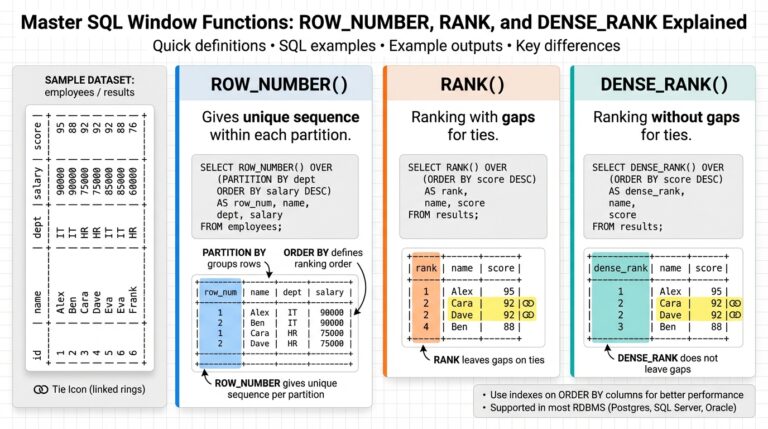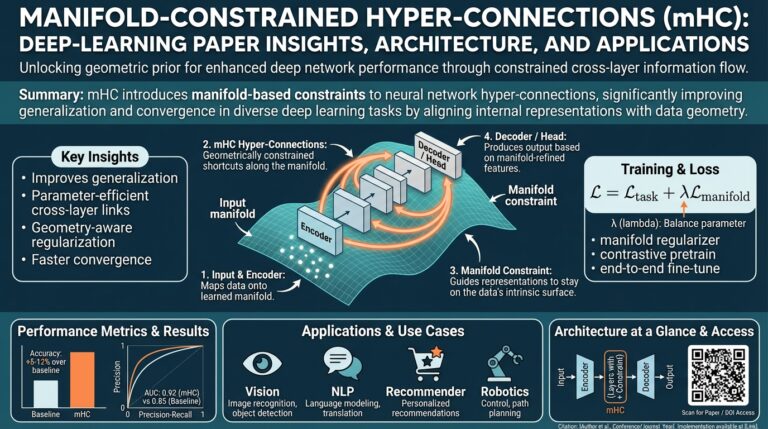Understanding the CitiBike Dataset: What Data Do We Have?
The CitiBike dataset is a rich resource for those interested in urban mobility, transportation analytics, and the power of data-driven decision making. Collected by New York City’s bike-sharing program, CitiBike, this dataset offers a granular look at how people use shared bicycles to travel throughout the city. Understanding what data is contained within this set is crucial for building effective predictive models, such as forecasting ride times using distance ridden.
What Information Does the CitiBike Dataset Include?
The core of the CitiBike dataset consists of anonymized trip logs that capture every transaction made by users. Each row in the dataset typically represents a single bike ride and provides the following details:
- Trip Duration: The total length of the ride, often measured in seconds. This is the key variable we might predict in a linear regression model.
- Start Time and Stop Time: The exact timestamps of when a ride began and ended, revealing weekday vs. weekend patterns or rush hour surges.
- Start Station and End Station: The IDs and geographic locations (latitude/longitude) at both ends of the trip, allowing for mapping and route analysis.
- Bike ID: The unique identifier for the specific bike used during the trip.
- User Type: Whether the rider is a subscriber (annual member) or a casual customer.
- Rider Demographics: Information about the rider, such as gender and year of birth, offering insights into usage by different groups.
Where Can I Access the Dataset?
Anyone interested in exploring the CitiBike dataset can access it directly from CitiBike’s official data portal. You can download historical trip data, which is updated regularly and made publicly available. Check out the CitiBike System Data page for more details. The dataset is also commonly used in academic settings; for a research-focused overview and interactive data visualizations, see The New York Times’ exploration of CitiBike trips.
Why Is This Data Valuable?
The breadth and depth of the CitiBike dataset make it invaluable to analysts, city planners, and data science enthusiasts. For example:
- Urban Planning: By analyzing start and end points, city officials identify high-traffic routes and deploy resources accordingly.
- Behavioral Analysis: Understanding when, where, and how long people ride can reveal commuting patterns and preferences, useful for both public policy and private enterprise.
- Predictive Modeling: The dataset’s numerical features, especially trip duration and distance, are perfect for introductory machine learning models such as linear regression. By examining prior trips, we can estimate future ride times given a specific route length.
How Do We Calculate Distance?
The dataset doesn’t directly provide the distance covered; instead, analysts estimate it using the start and end station coordinates. This is often done with geospatial libraries in Python or R, applying the Haversine formula to calculate the shortest path (as the crow flies) between two points on Earth’s surface. This distance is then paired with ride time to form the foundation for predictive analytics.
Example Data Entry
{
Trip Duration: 927,
Start Time: '2024-05-01 08:15:21',
Stop Time: '2024-05-01 08:30:48',
Start Station: 'Pershing Square North',
End Station: 'Broadway & W 24 St',
Start Lat/Lon: (40.751726, -73.977229),
End Lat/Lon: (40.741231, -73.989549),
Bike ID: 23748,
User Type: 'Subscriber',
Gender: 'Male',
Birth Year: 1986
}
This level of detail provides not only the information necessary to build and test simple models, but also the foundation for broader urban mobility studies. In our upcoming sections, we’ll see how to use this data to train a linear regression model that can predict ride duration based solely on distance traveled.
What is Linear Regression? A Beginner’s Explanation
Linear regression is a foundational concept in statistics and data science, offering a way to model the relationship between two variables — typically, an independent variable (such as distance rode) and a dependent variable (such as the time it takes to complete a ride). At its core, linear regression helps answer a straightforward question: “How does changing one variable impact another?”
Imagine you want to predict how long it will take a CitiBike rider to travel a certain distance. Intuitively, the longer the distance, the longer the ride time. Linear regression gives us a mathematical way to describe this relationship and to make predictions about it. Let’s break down the essentials of how linear regression works and why it’s so widely used.
- Understanding the Relationship: Linear regression assumes a straight-line (linear) relationship between two variables. If you plot distance on the X-axis and ride time on the Y-axis, linear regression helps you draw the line that best fits those points. This ‘best fit’ line is mathematically calculated so it is as close as possible to every point in your data set. Learn more about the mathematics behind linear regression from Khan Academy’s statistics course.
- The Equation: The typical form of a linear regression line is y = mx + b, where y is the predicted value (ride time), x is the input variable (distance), m is the slope (how much ride time increases for each additional mile or kilometer), and b is the intercept (the predicted ride time when distance is zero). This equation is not limited to just riding bikes — it’s used in everything from finance to healthcare predictions.
- The Process: To create a linear regression model, follow these steps:
- Collect Data: Gather historical data — in this case, pairs of distances and their corresponding ride times.
- Visualize: Plot the data points on a scatter plot to observe whether a straight-line trend appears. Consider tools like Tableau or even Excel for this step.
- Fit the Line: Use linear regression algorithms (available in libraries such as scikit-learn in Python) to calculate the slope and intercept that minimize the total distance between the line and each point (a method called “least squares”).
- Analyze Results: Evaluate the model’s performance using metrics such as R-squared, which explains how well your model fits the data. A higher R-squared means a better fit. For a deeper dive into this, check out the Towards Data Science introduction to linear regression.
- Real-World Example: Suppose you analyze 100 CitiBike rides and find your regression equation is y = 5x + 2. This means every additional mile adds 5 minutes to the ride, plus a base time of 2 minutes (maybe for unlocking/locking the bike or starting/stopping). Using this formula, you can quickly estimate how long a 3-mile ride will take (5×3 + 2 = 17 minutes).
- Why It Matters: Beyond predictions, linear regression helps uncover trends and possible causes, encourages business efficiency, and supports decision-making with data. It’s a critical tool for understanding patterns in fields as diverse as economics, medicine, real estate, and of course, transportation.
If you’re new to linear regression, amazing free resources like Coursera’s Machine Learning course by Stanford University can guide you through theory and practical implementation. The simplicity and flexibility of linear regression make it a logical starting point for diving into the world of predictive analytics.
Why Predict Ride Time? Real-World Motivations and Use Cases
Understanding why we might want to predict ride time for CitiBike riders transforms what sounds like a purely technical challenge into an engaging, real-world problem with wide-reaching implications. Estimating how long a cyclist will spend in the saddle isn’t simply about satisfying curiosity—it’s about solving practical issues, improving city services, and empowering both bikeshare users and operators in meaningful ways.
Optimizing Fleet Management and Resource Allocation
Bikeshare systems like CitiBike rely on a delicate balance of supply and demand. Accurate predictions of ride times allow operators to better manage the distribution of bicycles across stations. For instance, if models predict that most morning commutes between certain neighborhoods take about 15 minutes, managers can preemptively redirect bikes to those stations prior to rush hour. These informed decisions can lead to increased operational efficiency and happier customers, as shown by transportation research from MIT.
Helping Riders Plan Their Trips
For everyday users, knowing how long their bike ride will take is essential for planning. Whether someone is trying to catch a train, get to a meeting on time, or simply enjoy a predictable workout, time estimates matter. By correlating ride time to distance, apps and user interfaces can offer personalized ride predictions based on current traffic, weather, and route data. Leading trip planners like Google Maps already use similar predictive models, but integrating bikeshare-specific data further sharpens accuracy, especially for micro-mobility options.
Urban Planning and Infrastructure Development
City planners harness bike data to make informed decisions about new infrastructure projects. Understanding average and expected ride times on various routes helps planners identify bottlenecks or underused pathways and suggests where improvements are most needed. This approach promotes active transportation policies and contributes to more sustainable and commuter-friendly environments.
Enhancing User Safety and Emergency Response
Predicting ride times not only helps with convenience; it also supports safety. If a rider takes significantly longer than expected to complete a known distance, it could indicate an accident or other issue. Operators can leverage these insights to improve response protocols during emergencies or service interruptions, potentially providing faster assistance to riders in distress.
Personalized Recommendations and Health Insights
The same models used to predict ride time based on distance can be extended to offer personalized insights and recommendations. For instance, health-conscious users might receive suggestions on routes that match their desired exercise duration or intensity, based on predictive analytics and past patterns. Studies by organizations such as the CDC emphasize the importance of integrating active transportation into daily routines, and predictive modeling makes this integration more user-friendly.
All these examples illustrate how predicting ride time is far more than an academic exercise; it’s a linchpin for smarter cities, healthier citizens, and a more reliable biking experience.
Key Features: Why Distance Matters Most
When analyzing the factors that most powerfully predict a CitiBike rider’s trip time, distance consistently emerges as the most influential variable. Understanding why distance is so critical begins with unpacking both the practical aspects of bike riding and the statistical underpinnings of linear regression models used in machine learning.
First, from a practical standpoint, the further a rider travels, the more time it will take to reach the destination, assuming conditions such as speed and terrain remain relatively constant. This relationship forms what statisticians call a “linear association”—as one variable increases, so does the other. This intuitively makes sense for urban bike share systems like CitiBike: a trip from Central Park to the Financial District will nearly always take longer than one from a nearby café to your apartment. While this may seem obvious, it forms the rationale for using linear regression in predicting ride times.
Data supports this notion. When examining historical CitiBike trip records, the correlation between trip distance and ride duration is higher than for other factors like time of day, weather, or rider age. In research and data analysis, this correlation is often the first step in predictive modeling. For instance, studies in scientific journals show that distance explains the majority of variance in active transport journey times.
- Step 1: Data Visualization. Start by plotting past trip distances against travel times in a scatter plot. The obvious upward trend usually visible here is why statisticians feel confident using distance as their primary feature for predictions.
- Step 2: Model Fitting. Next, use statistical tools like regression analysis to fit a line that best predicts ride time based on a given distance. This helps quantify exactly how much more time a rider needs as they travel farther.
- Step 3: Advanced Considerations. Other variables can be included to improve accuracy, but even after accounting for weather, route elevation, or traffic signals, distance typically remains the dominant predictor. This is similar to findings in urban mobility research, where trip length often trumps more complex factors.
In real-world applications, this means that, even for quick estimates or sophisticated algorithms, inputting just the trip distance can provide a surprisingly accurate forecast of ride time. It streamlines how city planners, app developers, or cyclists themselves can anticipate journey lengths—empowering better decision making across the board. Recognizing the primacy of distance is key not just for predictive models, but also for understanding how people move through the city each day.
Steps to Build a Predictive Model with Linear Regression
Building a predictive model with linear regression involves several crucial steps, each contributing to the overall accuracy and usability of the model. Let’s break down the process in detail, using the CitiBike data as our guiding example:
1. Define the Problem and Collect Data
Before any modeling begins, it’s essential to understand and clearly define the problem you want to solve. In this case, the goal is to predict the ride time of CitiBike riders based on the distance they travel. Next, gather relevant and clean CitiBike trip data. This dataset typically includes variables such as trip duration, trip distance, start and end time, and station locations.
2. Explore and Prepare the Data
Begin with exploratory data analysis (EDA). Use visualizations and summary statistics to understand data distributions, spot outliers, and identify missing values. For example, inspect the relationship between ride time and distance using scatter plots. Prepare your variables by handling missing data, removing outliers, and converting units if necessary (e.g., converting seconds to minutes). This step is thoroughly covered in resources like this intro to data cleaning from Towards Data Science.
3. Select Features
Linear regression works best when using features that have a meaningful relationship with the target variable. In our case, the distance traveled is the primary independent variable, while ride time is the dependent variable. If more features are available—like bike type, time of day, or weather—consider their potential impact. However, for a beginner-friendly model, focusing on distance simplifies interpretation and calculation of regression coefficients.
4. Split the Data
To assess the model’s performance, split your data into a training set and a testing set (commonly 80/20). The training set is used to “teach” the model, while the test set helps evaluate its predictive ability on new unseen trips. Learn more about data splitting best practices at Machine Learning Mastery.
5. Fit the Linear Regression Model
Apply the linear regression algorithm to your training data. The algorithm finds the best-fitting line that minimizes the differences (errors) between predicted and actual ride times. Many programming languages offer simple libraries for this purpose. For example, Python’s scikit-learn offers a user-friendly interface. Detailed documentation can be found at Scikit-learn LinearRegression.
6. Evaluate the Model
Once the model is fitted, test it on the reserved test set. Common evaluation metrics include Mean Squared Error (MSE) and R-squared (which indicates how well the variation in distance explains the variation in ride time). For interpretability, visualize predicted versus actual ride times using plots. For more on model evaluation metrics, check out this IBM introduction to model evaluation.
7. Interpret the Results
Interpret the regression output—specifically, the slope and intercept. The slope indicates how much ride time increases for each additional unit of distance. This relationship helps riders, bike share operators, and urban planners make informed decisions. If the interpretation appears off (e.g., a negative slope), revisit data preparation and feature selection steps.
8. Refine and Deploy the Model
If the results are not satisfactory, review outliers, feature selection, or try polynomial regression if the relationship appears non-linear. Once confident, deploy your model to make real-time predictions, or share insights with stakeholders. For advanced deployment tips, see Real Python’s deployment tutorial.
By following these steps, you establish a foundation for predictive analytics, grounded in practical, reproducible processes. Whether you’re analyzing CitiBike data or any other scenario, these steps will guide you through building robust linear regression models.
Visualizing Relationships: Scatter Plots and Trend Lines
When exploring the connection between the distance a CitiBike rider covers and the time it takes, one of the most effective ways to start is through visualization. Data scientists and analysts frequently use scatter plots to illustrate such relationships in a dataset. Imagine a graph where every point represents one CitiBike trip, with the x-axis showing the distance traveled and the y-axis representing ride time. Suddenly, complex numerical data becomes a visual story, accessible even to those new to data science.
Scatter plots allow us to spot patterns, trends, and outliers that aren’t immediately obvious from tables of numbers. For example, if most data points form an upward-sloping cloud from left to right, it suggests that as distance increases, so does ride time—a logical and intuitive insight, but one that can be quantified and analyzed further.
To bring clarity to these plots, analysts often add a trend line (or line of best fit). This is where linear regression starts to shine. The trend line, usually calculated mathematically, represents the general direction of the data. If data points closely hug the line, the relationship between distance and ride time is strong. Conversely, if points are scattered far from the trend line, the relationship may be weak or influenced by other factors, such as traffic conditions or rider fitness. You can learn more about trend lines and their significance at this Investopedia article on trend lines.
Let’s walk through an example. Suppose you plotted 100 CitiBike trips on a scatter plot. You notice clusters: short trips (under 1 mile) completed in ten minutes or less, and longer trips (over 3 miles) taking more than thirty minutes. By fitting a trend line using a statistical tool or spreadsheet software, you can estimate the average ride time for any given distance. This approach is foundational for deeper statistical analysis and predictive modeling.
If you’re interested in making your own scatter plots, you can try tools such as Tableau or learn how to use Excel’s scatter plot features. For an academic perspective on data visualizations, the chapter on visualizing relationships in the Harvard-based resource Data Visualization from Harvard offers rich examples and best practices.
In summary, scatter plots and trend lines are foundational tools in any data analyst’s toolkit. By visually mapping the relationship between CitiBike ride distances and times, you’re able to uncover patterns, identify outliers, and lay the groundwork for more advanced modeling—making the data not just understandable, but actionable as well.



